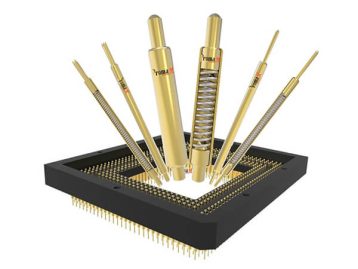Have you ever wondered why electrical connectors in your devices wear out, leaving you frustrated and burdened with repair costs?
Be at ease, as we’ve got your back in every possible way. This article will dip into why electrical connectors wear, revealing the factors that deteriorate their performance.
But fear not, for we won’t leave you empty-handed.We’ve also added actionable strategies to help prevent your connectors and boost their lifespan. Whether you’re an aspiring techie or a cautious consumer, we will empower you to conquer connector wear and emerge victorious.
So, wanna unclose the secrets and equip yourself with the expert knowledge to preserve the integrity of your electrical connections? Be with us. Your devices will thank you!
Types of Electrical Connector Wear
In electrical connectors, wear refers to the damage that occurs over time because of repeated use or other factors. There are several types of wear commonly observed in electrical connectors:
Mechanical Wear
Mechanical wear occurs when connector surfaces experience friction and erosion due to multiple insertions and removals.
Contact Wear
Contact wear pertains to the gradual deterioration of the electrical contact surface found within the connector.
Fretting Wear
Fretting wear happens at the micro-scale level and is caused by slight movements or vibrations between the contact surfaces.
Environmental Wear
Environmental factors such as temperature extremes, humidity, dust, chemicals, or exposure to corrosive agents can speed up wear in electrical connectors.
Insertion/extraction Wear
The frequent or missed insertion and extraction of electrical connectors can also subject them to stress and wear.
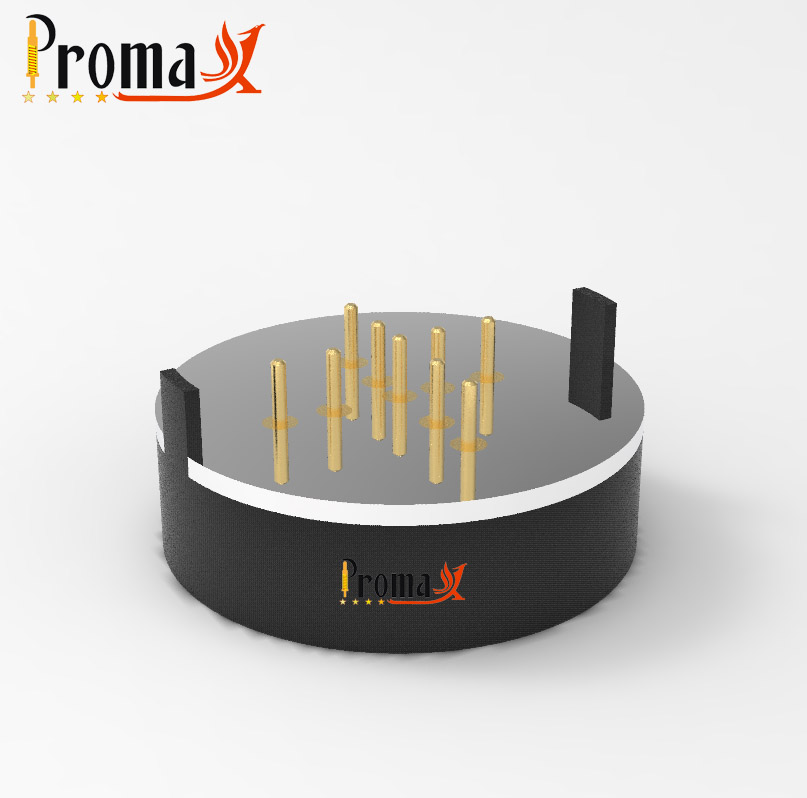
Why Are Electrical Connectors Worn? The Factors and Causes
Electrical connectors can experience wear due to various factors and causes. Here are some detailed explanations of why electrical connectors become worn:
Mechanical Factors
Frequent installations and removals of connectors can cause mechanical wear. The friction and movement between the connector pins and sockets have the potential to trigger material loss, resulting in a loose or unreliable connection.
Contact Resistance
Over time, electrical contacts within connectors can develop contact resistance, leading to wear. It can be rendered by surface oxidation, corrosion, or the accumulation of contaminants on the contact surfaces.
It may degrade the electrical signal, instigating poor efficiency or complete signal loss.
Vibration and Shock
Connectors that are exposed to vibration or shock can experience accelerated wear.
The constant movement or mechanical stress can lead to fretting wear, where micro-movements at the contact surfaces cause oxidation, debris formation, or fretting corrosion.
Vibration can also cause loosening of the connector, resulting in poor electrical contact.
Environmental Factors
The environment in which connectors are installed plays a significant role in their wear.
For example, high humidity can promote corrosion, and exposure to chemicals or contaminants may precipitate material degradation or oxidation of connector components.
Overloading and Current Cycling
Connectors handling high currents or frequent current cycling are susceptible to wear by electrical and thermal stresses.
The high current generates heat, degrading connector materials and inducing mechanical strain.
Also, regular electric current cycling can induce thermal expansion and contraction, potentially stimulating connector loosening or fatigue failure.
Insufficient Maintenance
Lack of regular maintenance and inspection can contribute to connector wear.
Over time, connectors may accumulate debris, dirt, or moisture, contributing to increased contact resistance and wear. Failing to identify and address worn-out connectors on time can result in issues.
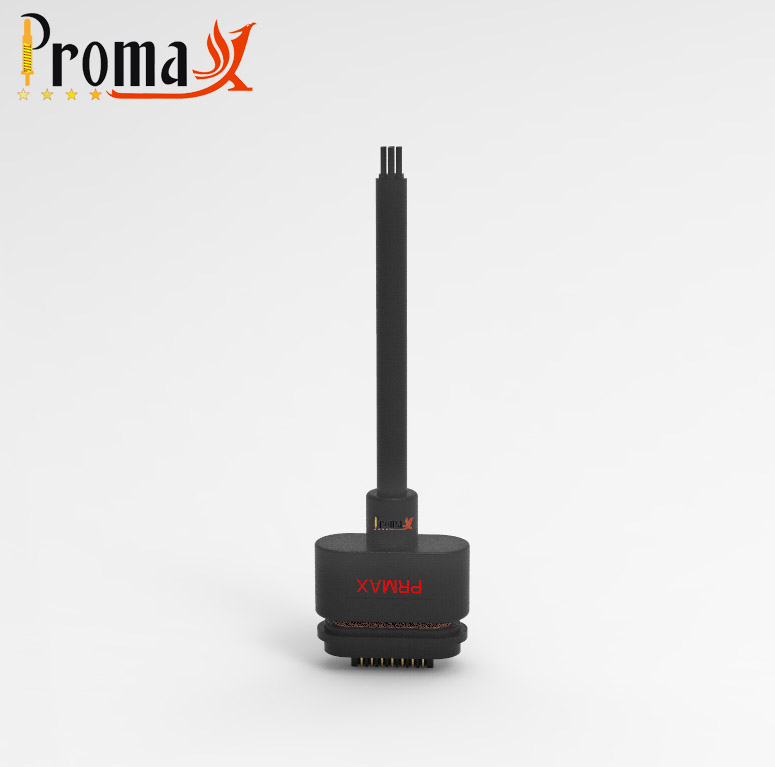
Consequences of Worn Electrical Connectors
Increased Contact Resistance
One of the primary consequences of worn connectors is enhanced contact resistance. It may precipitate voltage drops, signal degradation, and loss of power.
In high-speed data or communication applications, it may cause data errors, signal loss, or intermittent connectivity.
Poor Electrical Performance
Worn-out connectors can affect how electricity flows. It may result in lower efficiency, slower data transfer speeds, more errors, and less reliable systems.
In sensitive electronic devices or systems, worn connectors can provoke problems like malfunctions, decreased accuracy, or even complete system failure.
Overheating and Fire Hazards
Worn connectors can generate heat due to increased resistance and poor conductivity. This heat build-up can be further exacerbated if inadequate contact occurs between the connector surfaces.
Overheating can damage the connector housing, insulation materials, or surrounding components. Excessive heat can contribute to melted insulation, short circuits, or even electrical fires in extreme cases.
Overheating poses serious safety hazards and may damage property or injure a person.
Intermittent Connections
As connectors wear, they may get loose and have reckless connections. This mechanical wear can render the connectors to lose their snug fit, resulting in intermittent contact or disconnections.
Intermittent connections may add to system malfunctions, unsteady power supply, or signal dropouts. In critical applications, intermittent connections can also have severe consequences, including equipment failure, loss of control, or compromised patient safety.
Increased Risk of Arcing
Worn connectors can create conditions that promote arcing, which is the electrical discharge between the connector contacts. The contact surfaces may have irregularities, corrosion, or debris that may make high resistance points.
Arcing generates heat and can further damage the connector surfaces, leading to increased wear, degradation, and risk of electrical breakdown.
Arcing also poses a fire hazard and can result in the connector damage, surrounding components, or the entire system.
Safety Risks
Worn electrical connectors can pose safety risks to personnel working with or around electrical equipment.
Loose or unreliable connections can cause unexpected power interruptions or voltage surges, which may initiate electrical shocks or electrocution.
Overheating or arcing caused by worn connectors can also result in electrical fires, putting individuals at risk. Proper maintenance and replacement of worn connectors are essential to ensure electrical safety and prevent accidents.
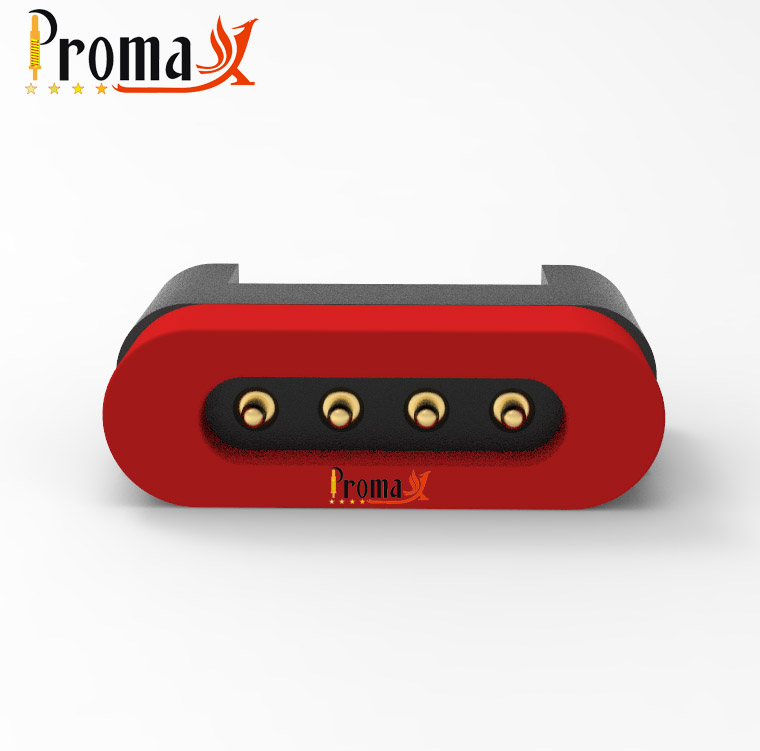
How to Inspect and Test Electrical Connectors for Wear?
Visual Inspection
- Start by visually inspecting the connectors for any visible wear or damage signs. Look for corrosion, pitting, discoloration, or any irregularities on the connector pins, sockets, or housing.
- Check for loose or bent pins, signs of overheating (such as melted insulation or discolored metal), or physical damage like cracks or breaks in the connector housing.
- Examine the mating surfaces of the connectors for signs of abrasion, erosion, or deformation.
Cleanliness Inspection
- Assure the connectors are clean and free from dust, debris, or contaminants.
Contact Resistance Measurement
- Use a multimeter or a specialized connector testing tool to measure the contact resistance of the connectors. It helps identify any increased resistance due to wear or contamination.
- Insert the multimeter probes into the connector sockets and measure the resistance. Compare the readings to the specifications provided by the connector manufacturer. If the resistance rises over the specified range, it indicates potential wear or contamination issues.
Insertion and Extraction Forces
- Connect and disconnect the connectors several times, observing the smoothness of the process. If the connectors are sticking, requiring excessive force, or if there is a noticeable change in the force required, it may indicate wear or misalignment.
Performance Testing
- Conduct performance testing of the connectors in the actual operating conditions. It involves applying electrical loads or signals and monitoring the functionality of the connected system.
- Check for anomalies such as intermittent connections, signal degradation, voltage drops, or abnormal behavior during the testing. These can indicate worn connectors affecting system output.
Replacement and Maintenance
- Based on the inspection and test results, determine if any connectors need to be replaced. If there are signs of wear, corrosion, high contact resistance, or compromised proficiency, it is advisable to replace the connectors.
- When replacing connectors, confirm you use the correct type, size, and recommended specifications.
- Establish a regular maintenance schedule to inspect and test connectors periodically. It helps identify and address wear or damage before it causes significant efficiency issues or failures.
Always prioritize safety and work with electrical connections only when the power is turned off while taking the necessary precautions. It’s best to seek assistance from a qualified electrician or technician if you’re unsure about conducting inspections or tests on your own.
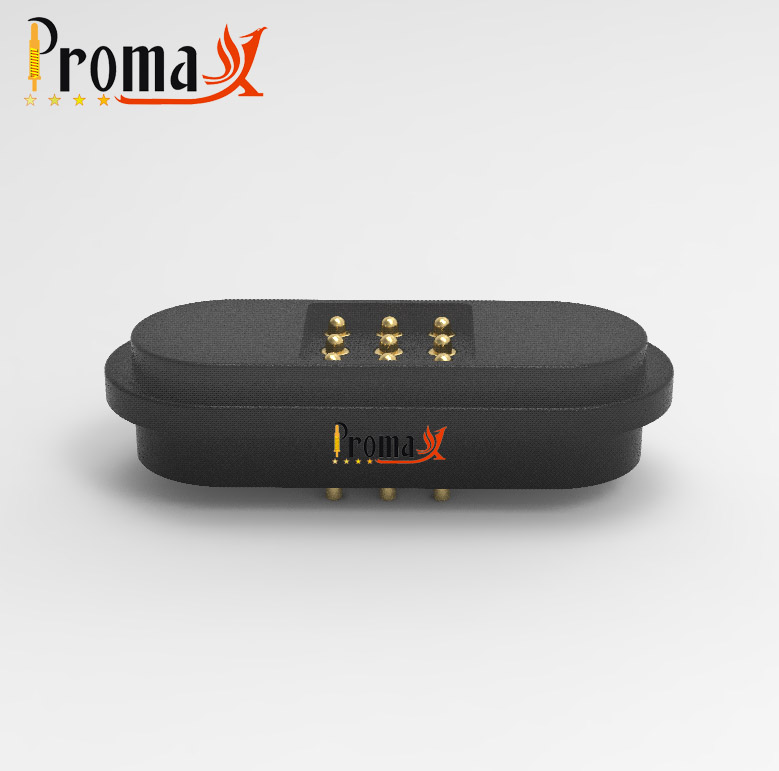
How to Prevent Electrical Connectors Wear?
Improving electrical connector longevity is essential for ensuring consistent reliability and optimal results.
Select High-Quality Connectors
- Start by choosing high-quality connectors for the specific application and operating conditions.
- Look for connectors known for their durability, robust construction, and resistance to wear and corrosion.
- Consult with pro manufacturers like Promax Pogo Pin or experts to identify the most suitable connectors for your requirements.
Proper Connector Installation
- Follow the manufacturer’s guidelines for proper connector installation.
- Ensure connectors are correctly aligned and fully inserted without applying excessive force.
Maintain Clean Environments
- Keep your operating environment clean and dust-free. Dust and foreign substances can build up on connectors and cause issues.
- Regularly clean the connectors and surrounding areas using appropriate methods and materials recommended by the manufacturer.
Protective Enclosures
- Enclosures can shield the connectors from moisture, dust, chemicals, and other contaminants that can cause wear or corrosion. Provide appropriate protective enclosures or housings for connectors, especially in harsh or demanding environments.
- Choose enclosures with suitable ingress protection (IP) ratings based on the environmental conditions.
Environmental Controls
- Control the environmental factors that can accelerate connector wear.
- Maintain proper temperature and humidity levels within the specified operating range.
- Avoid exposing connectors to extreme temperatures, rapid temperature fluctuations, high humidity, or corrosive atmospheres.
Regular Inspection and Maintenance
- Establish a regular schedule for this.
- Periodically inspect connectors for wear, damage, or corrosion.
- Replace connectors that show significant wear, corrosion, or functionality degradation.
Proper Handling and Mating
- Handle connectors with care and avoid dropping or subjecting them to excessive force.
- During mating and un-mating, ensure proper alignment and apply gentle, even pressure to avoid bending or deforming connector pins or sockets.
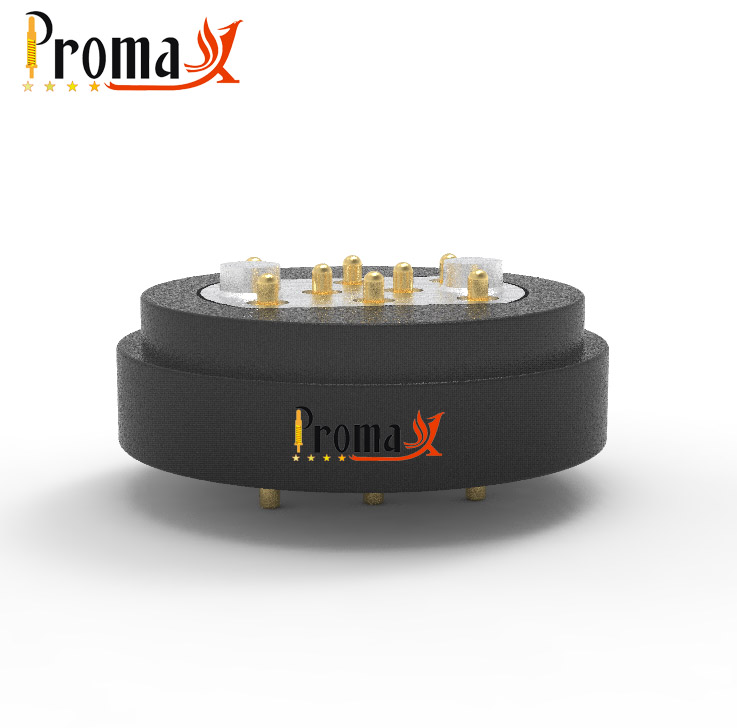
Avoid Overloading
- Assure connectors are not subjected to currents or voltage levels beyond their specified ratings.
- Confirm that connectors are correctly sized and rated for the intended electrical loads.
Put in Place Anti-Fretting Measures
Fretting wear by micro-movements between the surfaces of a connector can be mitigated by implementing anti-fretting measures.
These measures may include using connectors with self-wiping contacts, applying appropriate lubricants or coatings to minimize friction, or implementing mechanisms to dampen vibrations.
Follow Manufacturer Recommendations
Always follow the manufacturer’s recommendations for maintenance, cleaning, and handling of the specific connector type.
The manufacturer’s guidelines provide valuable insights and instructions tailored to the connector design and materials.
By implementing these preventive measures, you can significantly extend the lifespan of electrical connectors and minimize wear.
Regular inspections, proper installation, cleanliness, and adherence to manufacturer guidelines are vital in maintaining connector effectiveness and reliability.
Conclusion
In a nutshell, understanding why preventing electrical connectors wear is essential for optimal performance.
You can minimize wear and extend their lifespan by implementing the above-given techniques and choosing top-notch connectors.
Don’t let connector wear disrupt your electrical systems—take proactive steps to ensure reliable connections and enhance efficiency.
Invest in the right solutions and safeguard your electrical infrastructure for seamless operations and peace of mind.
 Over 15 Years of Expertise
Over 15 Years of Expertise FREE samples provided to ensure product satisfaction
FREE samples provided to ensure product satisfaction Rapid Turnaround: Mass Production Complete in 15 - 20 Days
Rapid Turnaround: Mass Production Complete in 15 - 20 Days





